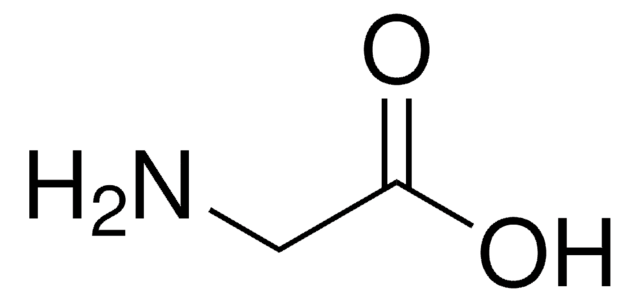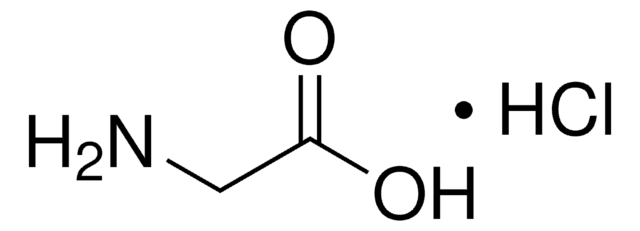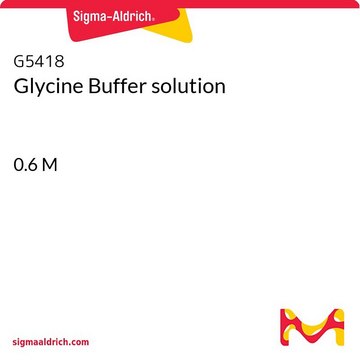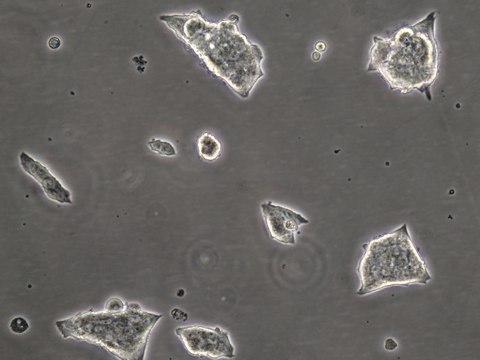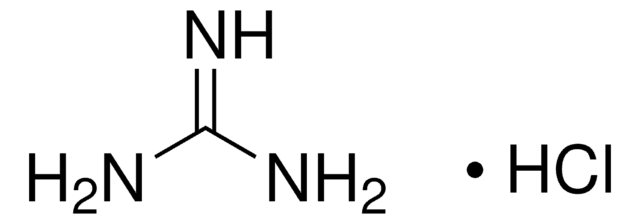G2879
Glycine hydrochloride
≥99% (HPLC)
Synonym(s):
Aminoacetic acid hydrochloride, Glycine HCl, Glycocoll hydrochloride, Aminoacetic acid, Aminoethanoic acid, Glycocoll
Select a Size
Select a Size
About This Item
Recommended Products
Quality Level
Assay
≥99% (HPLC)
form
powder
mol wt
111.53
storage condition
(Tightly closed Dry)
concentration
≤100%
technique(s)
immunohistochemistry: suitable
mp
176-180 °C (lit.)
solubility
water: 0.5 g/mL, clear, colorless
storage temp.
room temp
Looking for similar products? Visit Product Comparison Guide
1 of 4
This Item | 154903 | PHR1372 | 439193 |
|---|---|---|---|
| assay ≥99.92% | assay ≥99.9% | assay - | assay ≥99.9% |
| application(s) food and beverages | application(s) food and beverages | application(s) pharmaceutical (small molecule) | application(s) food and beverages |
| technique(s) UHPLC: suitable, mass spectrometry (MS): suitable | technique(s) UV/Vis spectroscopy: suitable | technique(s) HPLC: suitable, gas chromatography (GC): suitable | technique(s) HPLC: suitable |
| form liquid | form liquid | form - | form liquid |
| vapor density 1.11 (vs air) | vapor density 1.11 (vs air) | vapor density 1.11 (vs air) | vapor density 1.11 (vs air) |
General description
Application
Biochem/physiol Actions
related product
Signal Word
Danger
Hazard Statements
Precautionary Statements
Hazard Classifications
Eye Dam. 1 - Skin Corr. 1
Storage Class Code
8A - Combustible corrosive hazardous materials
WGK
WGK 1
Flash Point(F)
Not applicable
Flash Point(C)
Not applicable
Personal Protective Equipment
Choose from one of the most recent versions:
Certificates of Analysis (COA)
Don't see the Right Version?
If you require a particular version, you can look up a specific certificate by the Lot or Batch number.
Already Own This Product?
Find documentation for the products that you have recently purchased in the Document Library.
Protocols
This page shows and discusses three protocols for stripping and reprobing a western blot membrane.
Our team of scientists has experience in all areas of research including Life Science, Material Science, Chemical Synthesis, Chromatography, Analytical and many others.
Contact Technical Service